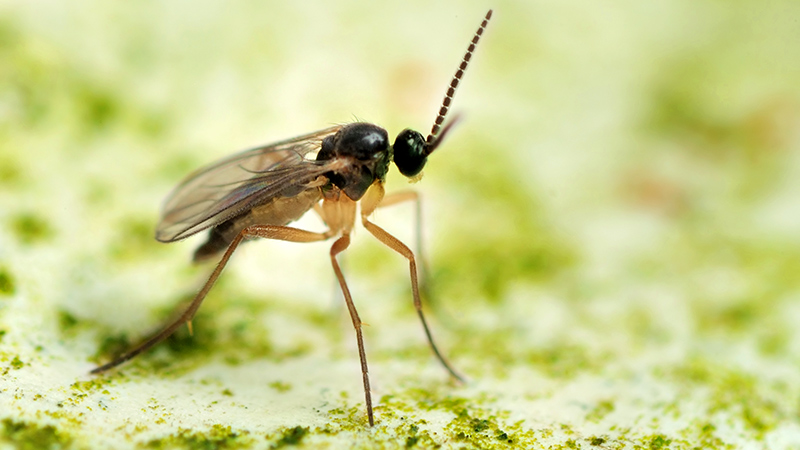Study Shows Photosynthesis Controlled by Nutrient Signaling in Plants
Newly published research from Michigan State University, the Carnegie Institution for Science, and the National Research Institute for Agriculture, Food and Environment in France shows that plants rely on complex, interdependent nutrient relationships to regulate photosynthesis, the process used for growth and development.
The results have been published in Nature Communications.
Researchers believe there is significant potential to improve agricultural crops that will need to be increasingly resilient to climate change to support the nutritional needs of a growing global population.
As agricultural industries also look to implement more environmentally friendly practices, including using less nutrients and water resources, understanding the biological processes of how plants cope with declining land quality and nutrient availability will be essential.
Hatem Rouached, an Assistant Professor in the MSU Department of Plant, Soil and Microbial Sciences, is part of a team of researchers that examined iron deficiency-induced chlorosis — a yellowing of the plant’s leaves — that halted the photosynthetic process in tests with Arabidopsis.
Plants require a balance of several micro- and macronutrients — a state known as nutrient homeostasis — to effectively perform photosynthesis. Without this balance, plants may slow down photosynthesis and show visible signs of distress, such as chlorosis.
Researchers discovered, however, that chlorosis is not exclusively caused by a reduction of iron. It is also due, in part, to the abundance or reduction of other nutrients.
Rouached says that chlorosis is not well-understood, and in agriculture, a grower would historically respond to a yellowing of leaves by adding supplemental iron.
“What we’ve typically done is look at each nutrient by itself, which is not sufficient to have a complete picture of how plants regulate nutrient homeostasis,” Rouached says. “We need to better understand the relationship among nutrients and how the plant regulates photosynthesis based on the availability of nutrients. The phenotype (observable traits) cannot be our sole method to evaluate plant needs.”
For more, continue reading at canr.msu.edu.








